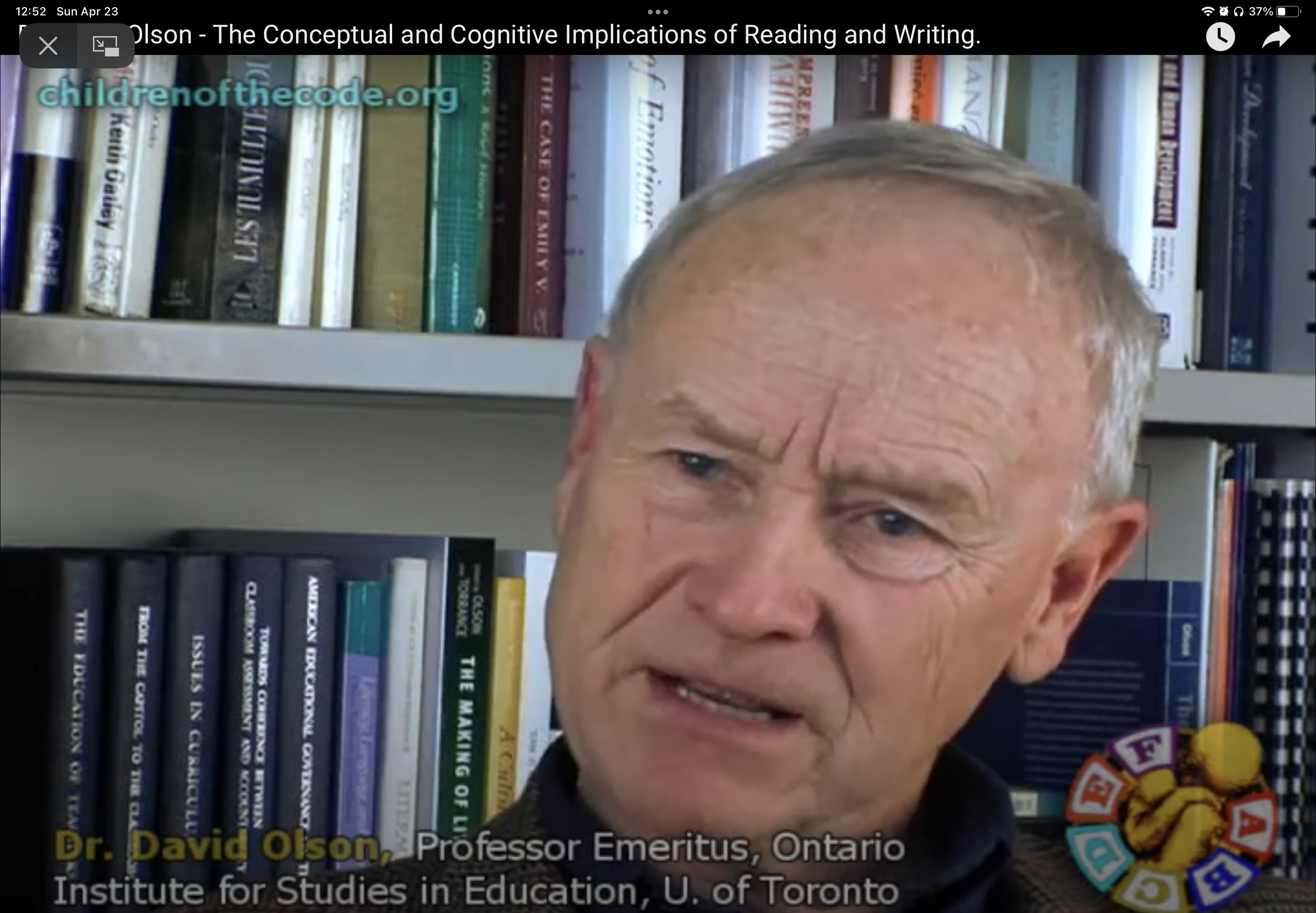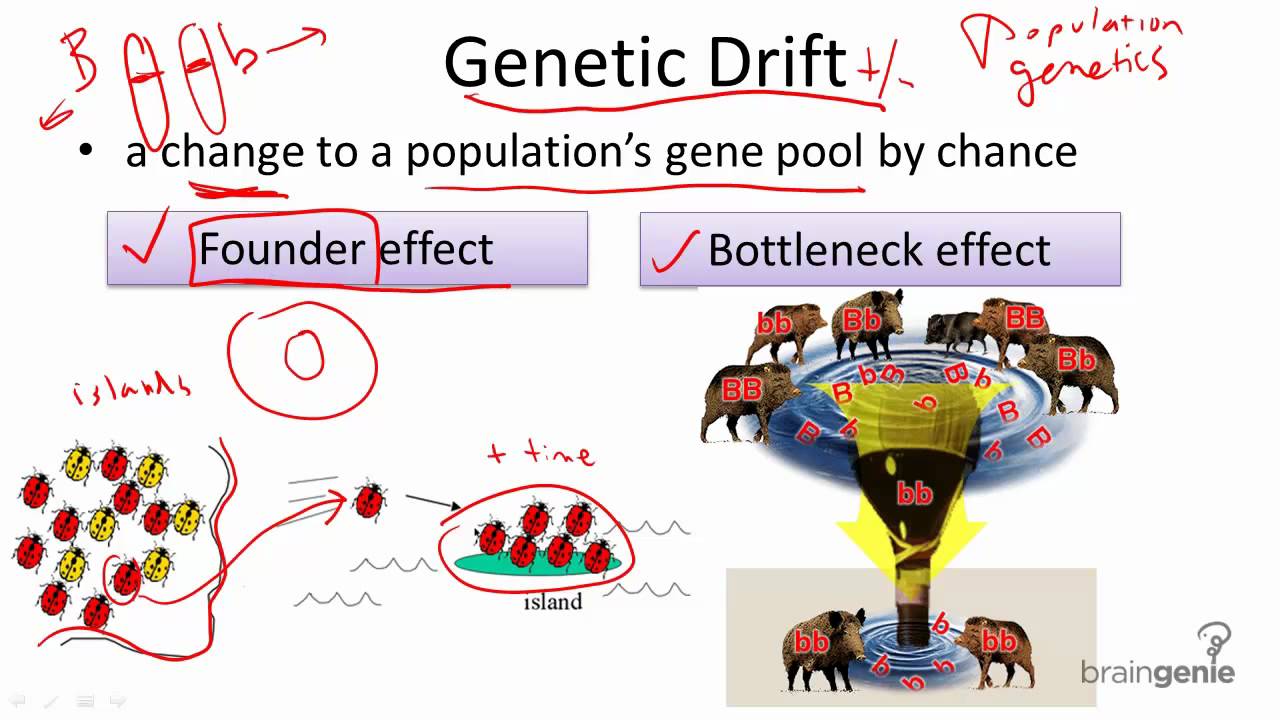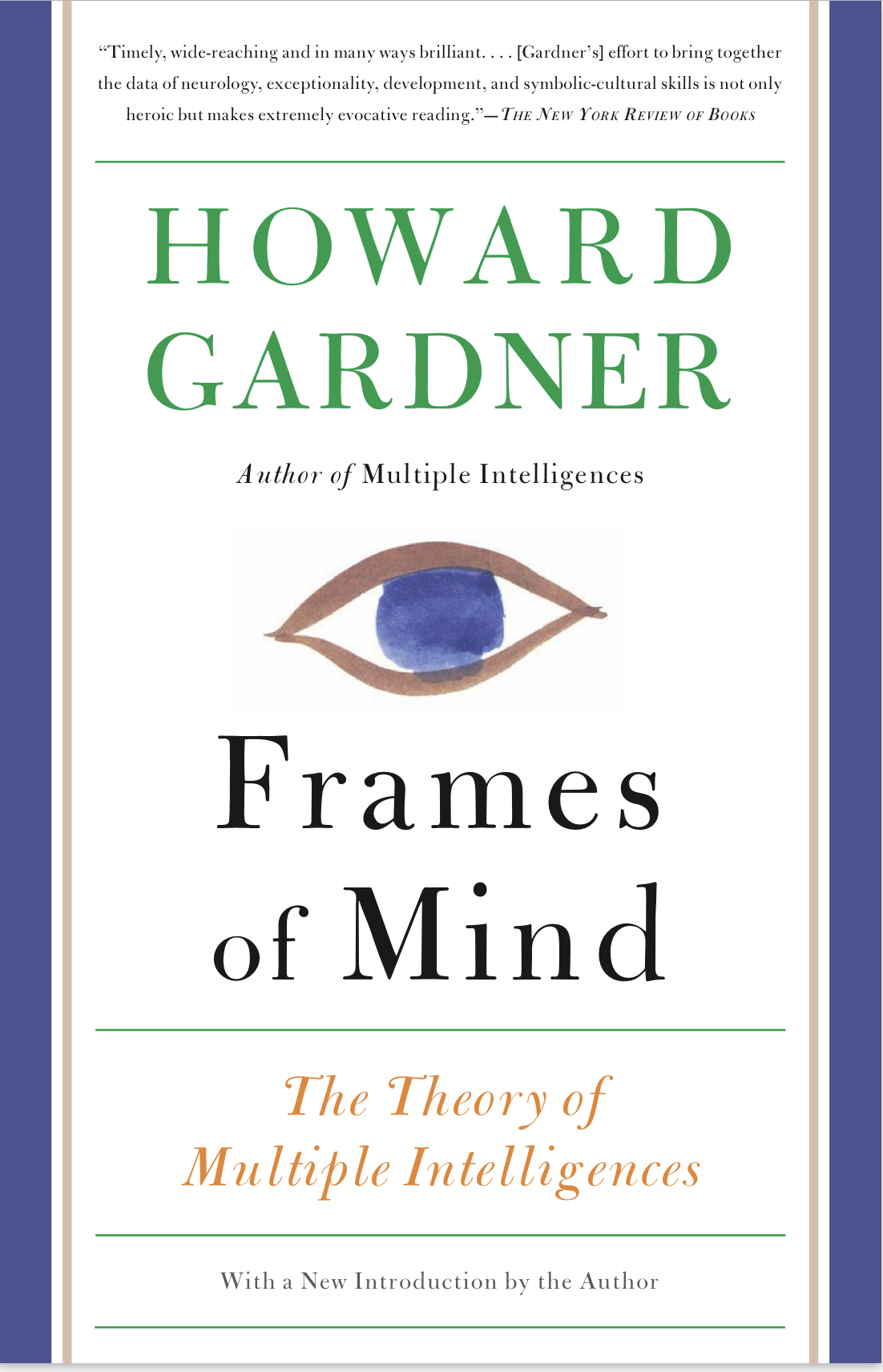Summary
One Sentence Summary
One paragraph Summary
Other points
What ACTIONS/HABITS will I partake after reading this book?
What Questions do I have after reading this book?
- If environment plays a vital role in who we become, should I do more exploring and traveling to see what other people are doing?
- How do I know if I’m in the wrong environment?
Part 1: Background
The Idea of Multiple Intelligences
Summary
Historically, there have been two camps of thought on intelligence: (1) fixed mindset (2) growth mindset.
This book will provide evidence for the existence of several relatively autonomous human intellectual competences.
This will be accomplished by gaining a new perspective on human cognition and the impact of multiple intelligence on society.
Chapter Details
Howard Gardner compares fixed mindset with growth mindset by using a comparison between the hedgehog and the fox.
Gardner chose the hedgehog and fox as a metaphor for two different approaches to thinking and problem-solving because of a fable by the ancient Greek poet Archilochus. In the fable, the fox, who is cunning and adaptable, is able to avoid the hedgehog, who is single-minded and focused on his defense mechanism of rolling up into a spiny ball. This fable illustrates the idea that there are different ways of approaching a problem or situation.
In “Frames of Mind,” Gardner uses this fable to explain that the hedgehog represents a fixed mindset that is focused on one idea or theory, and is not open to alternative perspectives or new information. The hedgehog’s spines represent the hedgehog’s resistance to change or to considering alternative perspectives. The fox, on the other hand, represents an open-minded approach that is willing to consider many different perspectives and adapt to new information. The fox’s ability to outsmart the hedgehog represents the idea that adaptability and flexibility are important for effective problem-solving.
In summary, Gardner chose the hedgehog and fox metaphor to illustrate two different ways of thinking and problem-solving. The hedgehog represents a fixed mindset, while the fox represents an open-minded approach. The metaphor emphasizes the importance of being flexible and adaptable in one’s thinking to effectively navigate complex problems and situations.
Gardner’s key argument is for the existence of several relatively autonomous human intellectual competences, which he calls the “frames of mind”.
These intelligences are relatively independent of on another, and they can be fashioned and combined in a multiplicity of adaptive ways by individuals and cultures.
Gardner provides a four step approach to illustrating his following theory:
- Expand the perspective on cognitive and development psychology through two avenues
- biological and evolutionary roots of cognition
- cultural variations in cognitive competence
- Discuss the educational implications of the multiple intelligence theory
- every person should have an identifiable intellectual profile that can be used to enhance such person’s educational opportunities
- Inspire anthropologists to study how intelligence profiles may be fostered in various cultural environments
- Encourage policy makers to help improve eduction to accommodate multiple intelligence types
Intelligence: Earlier Views
Summary
This chapter was quite dense with a lot of deep ideas on the historical views on intelligence, along with their pros and cons.
Please re-read
Chapter Details
Franz Joseph Gall was a popular scientist from the early 19th century who was among the first modern scientist to stress that different parts of the brain mediate different functions.
Gall also claimed that mental powers (different parts of the brain possessing unique functions), such as perception, memory, and attention; but rather there exist different forms of perception, memory, and attention for each of the several intellectual faculties, such as language, music, or vision.
The most influential part of this chapter was when the author introduced professor David Olson from Ontario Institute for Studies on Eduction. In this chapter, Olson’s research demonstrates that the medium through which we present information (e.g. books, radio, television, etc) has a profound influence on a child’s performance. His evidence illustrates that individuals reared in a society where literacy is highlighted end up learning AND reasoning differently from those who employ other kinds of symbol systems.
This alone has lead me to look up Olson in detail, and I came across the video below.

The link to the above video can be found here.
Despite Olson’s research being primarily in the psychological effects of reading, rather than the sociological implications, Olson describes a lot of the effects of reading on individuals.
I specifically liked how Olson mentioned that people who read are more likely to be the more outspoken types. This personally makes me thing of Jordan Peterson, and how well articulate he is in elaborating on his ideas. Olson also described the socioeconomic implications of reading, and how most poor people simply lack the ability to read, and may often go through great lengths to hide it.
IQ tests have predictive power for success in schooling, but relatively little predictive power outside the school context, especially when more potent factors like social and economic background have been taken into account.
The issue with intelligence tests is that they rarely assess skill in assimilating new information or in solving new problems; a bias towards “crystallized” rather than “fluid” knowledge.
“An individual can lose his entire frontal lobes (and thus unable to display any initiative or to solve new problems) may continue to exhibit an IQ close to a genius level.”
Intelligence tests fail to yield any indication of an individual’s “zone of potential” development.
Biological Foundations of Intelligence
Summary
The biggest take away I took from this chapter is how our ENVIRONMENT greatly influences who we become and what skills or intelligence we manifest.
Go out there and try things outside of your comfort zone, because you have no idea what genes are latent within you.
This influence between genes and environment is evident in the concept of genetic drift, whereby organisms of the same species are separated geographically, to eventually develop an entirely new genetic pool
Chapter Details
Gardner starts by discussing intelligence from the biological perspective.
Specifically, he addresses two concerns: (1) the flexibility of human development (the extent of the brain’s plasticity to learn new skills) (2) what skills are available for humans to develop?
Genetics
Gardner first addresses these two concerns through the lense of genetics.
It is no surprise that some individuals are genetically “at promise” for flowing certain talent. However, like the analogy of how a person may be “at risk” for genetic health concerns, in no way does that itself certify that they will get the disease (genetics load the gun, but lifestyle pulls the trigger). Likewise, those who are “at promise” for certain traits, say chess, cannot manifest those traits without the right environment, or a chess board.

Populations subjected to genetic drift often exhibit remarkable set of characteristics.
How does genetics apply to our unique skill sets? Our genetic heritage is so variegated that one can postulate all kids of abilities and skills that have not yet emerged.
Neurobiology
This section is where Gardner discusses the hot debate between Canalization (i.e. “fixed mindset”) and Plasticity (growth mindset).
C.H. Wadddington, the geneticist who coined the tern canalization, refers to it as the tendency of any organic system (e.g. nervous system) to follow certain developmental paths rather than others.
Waddington demonstrated how it can be surprisingly difficult to divert such patterns from what appears to be their prescribed developmental goals–the organism will tend to find a way to finish in its “normal” status, and if thwarted, it will make its peace at a alter point in the developmental course.
These are often the genetically programmed/hardwired organisms.
However, the other fascinating aspect of biological development is adaptability (plasticity).
We see this across many organisms, including humans; in the event that a young organism is damaged, it may often exhibit great recuperative powers.
Placisity is such an interesting concept to grasp, that gardner outlines five principles of plasticity during early life. These are:
- Maximum flexibility is encountered in early life
- think how babies are able to learn language so quickly
- there is also greater adaptability to severe injury as well, which is harder in older ages
- Critical periods of development
- For example, having the eyes used to seeing light early out of the womb is vital for cats to develop good eye sight
- The degree of flexibility differs across the region of the nervous system
- For example, the frontal lobes tend to develop later in childhood, compared to other lobes
- The importance of environment
- an organism will fail to develop normally unless it undergoes certain experiences
- Long-term effects of injury to the nervous system
Gardner proposes that, given these five principles, any simple verdict on the issue of determination versus flexibility is possible (HENCE: in a world where data is abundant to support any narrative, why not choose the story where you win?)
Another way to look at Determinism (or the “fixed mindset”) is ensuring that most organisms will be able to carry out the functions of the species in the normal way, while flexibility (growth mindset) allows for adapting to changing circumstances.
Impact of Environment
Garner also elaborates on the impact of environment by referencing experiments done by Mark Rosenzweig in the early 1960s, where he compared mice in enriched environments (complex, lot of stimulation) versus impoverished environment (dull, only basics minimal necessities for food and water).
The studies showed overall better behaviors form the enriched living mice, and differences in brain structures.
The impoverished environment produced dull mice.
Numerous studies with rats and other species have confirmed that an enriched environment produces more elaborate behaviors as well as pable changes in brain size.
animals raised in complex environments have larger nerve cells in some brain areas, as well as more synapses, synaptic connections, and other dendritic connections
Learning
Eric Kandel of Columbia University had outlined four major principles in regard to learning (from his analysis on Aplysia):
- Elementary aspects of learning can be localized (rather than even distributed) in the activity of the specific nerve cells
- Learning results from an alteration in the synaptic connections between cells, rather than developing new synaptic connections
- This means that leaning and memory customarily result from alteration in the strength of already existing connections
- Habituation is one of the fundamental mechanisms of learning
- Prolonged and profound changes in synaptic strength can come about through an alteration in the amount of chemical transmitter released at the terminals of neurones
- This means through habituation of that which we are practicing, each action potential produces progressively less influx of calcium, and hence less transmitter release than does the preceding action potential
- Said in another way: with repeated stimulation, the neuron’s response to that stimulation decreased
- This phenomenon can be observed in everyday life, such as when we get used to the sound of traffic outside our window or the smell of our own perfume
- Cellular Grammar underlies various forms of learning
- These simple processes of altering synaptic strengths can be combined to explain how progressively more complex mental processes take place
Environmental factors and learning bring out these latent capabilities by altering the effectiveness of pre-existing pathways, thereby leading ot the expression of new patterns of behavior.
Brain Regions
The rest of the chapter goes over brain regions and how the brain is organized.
What is an Intelligence?
Summary
Gardner outlines eight criteria for determining intelligence:
- Potential Isolation by Brain Damage
- The existence of Idiots Savants, prodigies, and other exceptional individuals
- An identifiable core operation or set of operations
- A distinctive developmental history, along with a definable set of expert “end-state” performances
- An evolutionary history and evolutionary plausibility
- Support from experimental psychological tasks
- Support from psychometric findings
- susceptibility to encoding in a symbol system
Chapter Details
There can never exist an exhaustive list of intelligences, but in this book we focus on intelligences that are socially valued by society and based on execution of an action (know how) rather than the knowledge itself (know that).
Gardner outlines eight criteria for determining intelligence:
- Potential Isolation by Brain Damage
- The existence of Idiots Savants, prodigies, and other exceptional individuals
- An identifiable core operation or set of operations
- A distinctive developmental history, along with a definable set of expert “end-state” performances
- An evolutionary history and evolutionary plausibility
- Support from experimental psychological tasks
- Support from psychometric findings
- susceptibility to encoding in a symbol system
Part 2: The Theory
Linguistic Intelligence
Summary
Chapter Details
The four aspects of linguistic intelligence that are practically useful and valued by society are:
- Rhetorical
- the ability to use language to convince others on a course of action
- political leaders and legal experts often develop this skill to the highest degree
- Mnemonic Potential
- using language to help store and remember information
- classic example of people who make “stories” to memorize the digits of pi
- Explanation
- This is where much of teaching occurs
- Language remains the optimal means fro conveying the basic concepts in textbooks
- Language supplies the metaphors that are crucial for launching and explaining new scientific discovery
- Meta Linguistic
- the ability of language to explain its own activities and reflect upon itself
- Asking “Did you mean X or Y?”, as a means of analyzing what we actually mean by what we say
Gardner then goes on to compare plasticity with canalization, and how children are born with “innate knowledge” (ask Noam Chomsky would say it) to decode and speak any natural language.
From a neurology standpoint, it appears that understanding normal depends upon an intact left temporal lobe. Indeed, the two hemispheres of the brain are not anatomically identical, and the language areas in the left temporal lobes are larger than the homologous areas in the right temporal lobes.
When it comes the spoken language versus written language, the modern American culture places greater emphasis on the written word–securing information from reading, and then expressing oneself properly through the written word.
